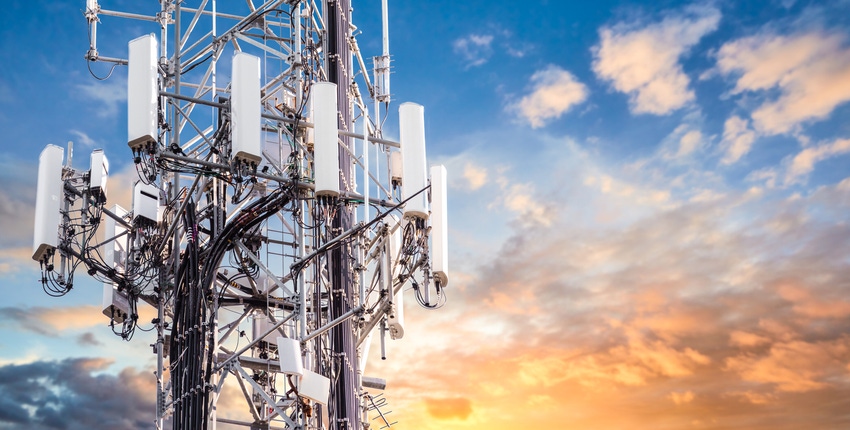Dish Network is still losing mobile customers despite having finally launched its 5G service a few months ago.
August 4, 2022

Dish Network is still losing mobile customers despite having finally launched its 5G service a few months ago.
The US pay TV provider turned telco reported 210,000 net retail mobile customer losses in the three months to the end of June, slightly more than it lost in the same period last year.
There’s nothing new there; Dish has been losing mobile customers at a fair pace for some time. But it perhaps would have been hoping for a better performance in Q2, having launched its long-awaited 5G offering mid-way through the three-month period.
That said, it was pretty clear from the outset that there would be no deluge of new 5G customers for Dish. As we noted in June, when the telco announced it had exceeded its network coverage target of 20% of the population, the lack of compatible devices means Dish’s 5G offer has limited appeal just now.
We don’t know how many have signed up to Dish 5G. The company has not shared customer numbers and intimated on its results call that the figure is pretty inconsequential. Its overall mobile customer base, most of which was inherited via its acquisition of Boost Mobile, came in at 7.87 million at the end of June.
However, it remains bullish on its plans for mobile.
“Our network deals allow us to go nationwide out of gate at competitive pricing. And we are going to come out with aggressive pricing,” said Erik Carlson, Dish CEO, speaking on a call with analysts.
“We have 8 million, not 120 million customers,” he said, echoing an earlier comment from Dish chairman Charlie Ergen, who spoke out about his company’s need to be “scrappier and more innovative” than the big three MNOs in the US.
As such, “we are not worried about losing customers or doing anything disruptive in the marketplace that could shake up the current dynamics,” Carlson said. “We have a lot more to gain than we have to lose.”
Dish plans to launch a postpaid offer later this year, which is presumably when we will see just how much it is able to disrupt the establishment in the US. As Ergen noted, Dish has played this role before. “It’s no different,” than having to distinguish a satellite business from cable competitors, Ergen said. “Erik and his team changed the customer experience and therefore we gained market share and churn went down,” he said.
That’s a fair point, but at the same time, Dish’s TV figures are far from stellar. The firm reported a net decline in pay TV subscribers of 257,000 in Q2, significantly more than the 67,000 it lost in the year-earlier quarter. As such, it ended the quarter with 9.99 million pay TV subscribers – way fewer than the number served by major cable rivals Comcast and Charter, but admittedly more than some of the other big name cablecos – made up of 7.79 million Dish TV subscribers and 2.2 million users of its Sling TV streaming service.
The declines are in line with the overall market cord-cutting trend. Nonetheless, it is not surprising that Dish’s financials are also suffering. The firm reported a 6% year-on-year revenue decline to $4.21 billion in Q2, while net income slid by 22% to $523 million.
It really needs to make a go of mobile.
Get the latest news straight to your inbox. Register for the Telecoms.com newsletter here.
About the Author(s)
You May Also Like








.png?width=300&auto=webp&quality=80&disable=upscale)


_1.jpg?width=300&auto=webp&quality=80&disable=upscale)


.png?width=800&auto=webp&quality=80&disable=upscale)